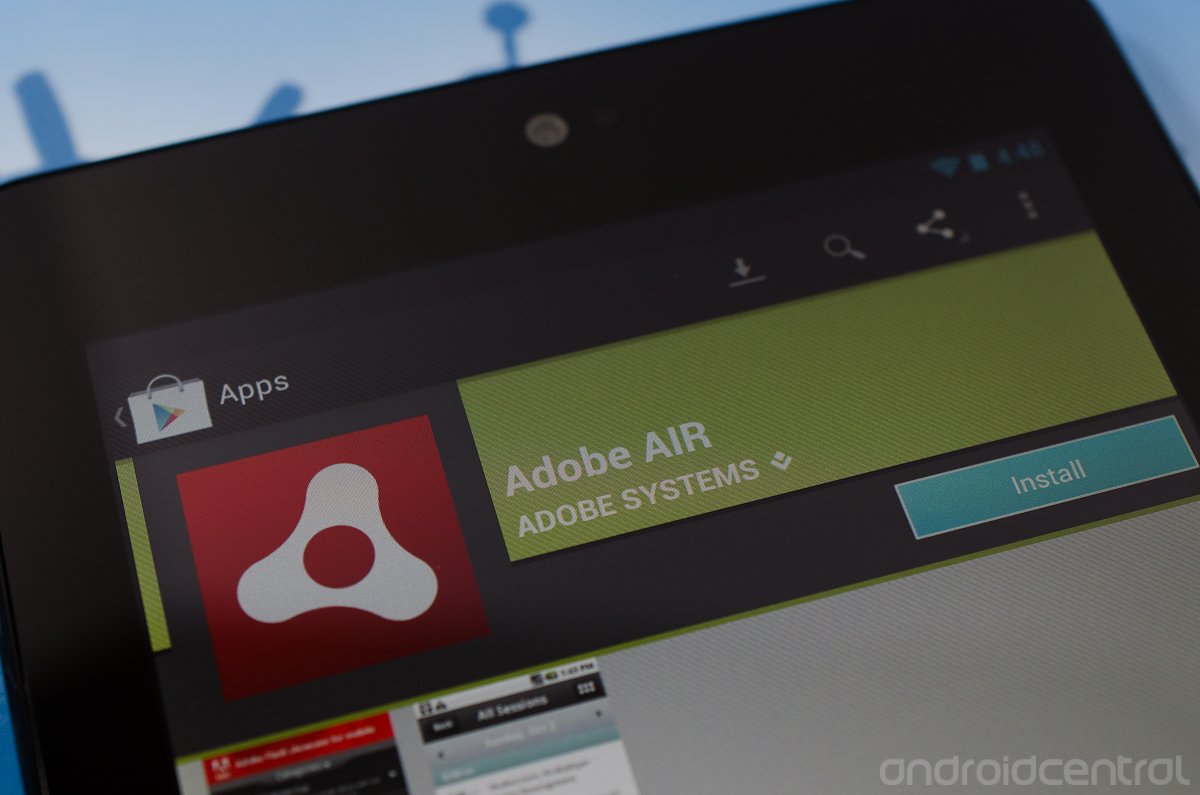What the 'death' of Flash means for Android and the web

Now that Adobe has dropped Flash for Android, it's worth a look to see how this will change things and what direction we may be headed. Of course, you can still sideload an older version, but that's far from an end-game solution. We're all thinking that Adobe has something in mind, but let's focus on the current state of Flash -- both on the web and in applications.
Contrary to what you might have read today, Flash is far from dead. Only the ability to see it in our stock browser on Android. Adobe still supports Flash on Windows and Mac OS X, and Google's Chrome is pushing it forward for Linux. Flash is alive and well on the desktop, and will probably remain that way for a long while. You might be asking why -- that's a reasonable question. Adobe made it really easy to create Flash content, that's why. The tools to build Flash files were fairly expensive, but as easy to use as a standard video editor. Professionals could tweak it and do wonderful things, but more importantly anyone could dump a few things together and create Flash content. When something is that easy, people will use it. And the cost was easily mitigated by about a million torrents of the software.
We don't know how long Adobe plans to support Flash on the desktop, but the content won't be going away any time soon. HTML 5 does a great job at some things, but it needs a company like Adobe to step in and build tools to allow the average Joe (or Jane) to do anything with it. You can bet Adobe has some ideas here -- making the tools used to create content is what they do best. As more developers use HTML 5, and companies start making it easier for non-techies to use, it will grow in popularity. That's a good thing. A thing we want to happen, and it will.
Right now, there are plenty of games and other interactive media on the web that uses Flash. Slowly, that will transmute into HTML 5 content, but what about the immediate future? Eventually sideloading an old version of Flash will stop working, and we will still want to see and play with the content that's already published. That's where Adobe Air comes in. There's a good chance you're already using Adobe Air on both the desktop and on your Android device, and don't realize it. Air is a way to build Flash-style content into an application and run it independently of the browser or any install of the Flash player app. Programs on your computer like TweetDeck use Adobe Air (or the Flash enabled Chrome version). On Android, apps like Photoshop Touch integrate Adobe Air. It's fairly simple for developers to use Air to build an Android app around Flash content, and as we've seen, easy is what drives development. Developers can take their Flash content, and using Air and the right tools, create a stand alone app for Android. We expect them to do just that.
Sideload Flash, and install Adobe Air from Google Play. Enjoy the current content as long as you can, and trust that things will work themselves out. They usually do.
Be an expert in 5 minutes
Get the latest news from Android Central, your trusted companion in the world of Android

Jerry is an amateur woodworker and struggling shade tree mechanic. There's nothing he can't take apart, but many things he can't reassemble. You'll find him writing and speaking his loud opinion on Android Central and occasionally on Threads.
